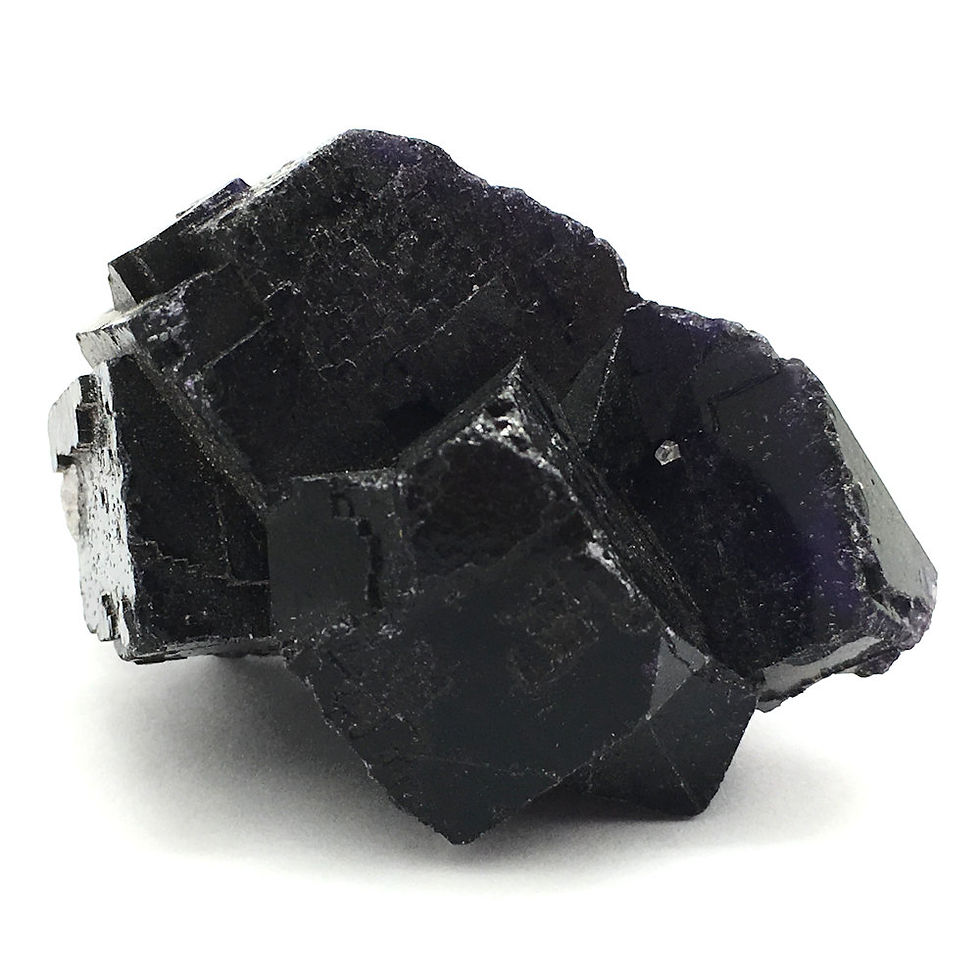
Agate Beads
Agate is a variety of translucent Chalcedony ranging in many colors due to mineral inclusions.
WE ARE ONLY ONLINE
We currently do not have a brick & mortar store open to the public.
Latest update: 2026 January 10
Cubic Fluorite
Some may have Calcite attached
All Fluorite on this page is from Esperanza Mine, Melchor Muzquiz, Coahulla, Mexico
Melchor Muzquiz, Coahuila, is a town lying more or less at the center of a large regional cluster of low-temperature probable MVT fluorite deposits. Literally hundreds of small (1-8,000 ton), high-grade occurrences have been mined, many with specimen quality crystals, almost all of which are simply labeled “Muzquiz.” The deposits are relatively thin (2-5 meters thick) elongate bodies developed in limestone beneath a regionally extensive shale unit (Del Rio Shale). They are believed to be derived from formation brines (“connate waters”) expelled from the Sabinas and neighboring basins (Kessler 1977). Fluorites from throughout this region are readily recognized by abundant petroleum inclusions and the release of a strong fetid petroleum odor on trimming or scratching.
Fluorite occurs in these deposits with varying amounts of celestine and barite (often “celestobarite” or strontium-rich barite) and mining operations focus on the dominant mineral. Some are fluorite mines with byproduct (or contaminant) celestine/barite while others are celestine mines with associated fluorite.
Fluorites from the Muzquiz area are dominantly cubic, often with multiple elongate protuberances strongly resembling a city scape. Crystals to 10+ cm are common, and color ranges from pale violet to purple to dark blackish-purple with the darker color reflecting a higher volume of petroleum-rich inclusions. Color zoning is often strong, generally with the darkest zones near the surface of the crystals. Perhaps the most distinctive specimens from this region are the large pale blue celestine blades studded with violet fluorite cubes from the El Tule and neighboring mines. Calcite is a common associated species but is commonly damaged and removed. [mindat.org]












































